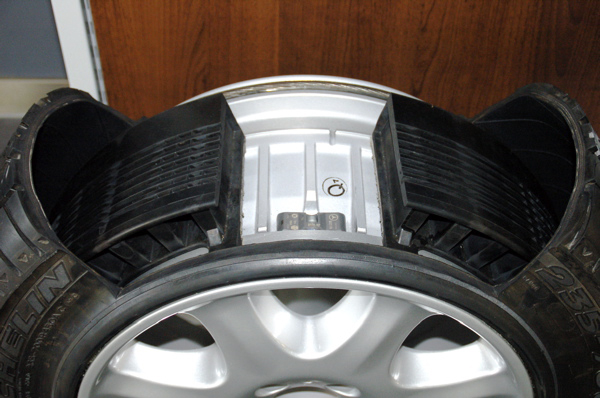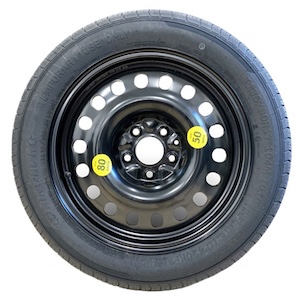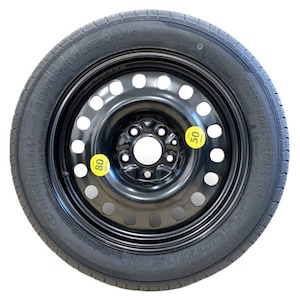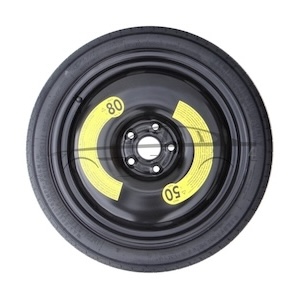Increased safety and comfort: Advantages and disadvantages of runflat tyres
Is it possible to continue driving even if the tyre has a puncture? Unfortunately, in normal traffic, situations arise where you cannot stop immediately and change the spare tyre. In such situations, the driver of the vehicle will appreciate a runflat tyre.
It is designed to maintain strength and stability even if it is damaged, punctured or a complete loss of air has occurred. What are the advantages and pitfalls of this tyre?
A runflat tyre is essentially a normal tyre, but thanks to specific treatments with additional plies, it provides the ability to continue driving after a puncture.
How are runflat tyres made and how do they differ from conventional tyres?
At first impression, a runflat tyre looks just like a standard conventional tyre. However, it consists of several layers and components that are designed to provide stability and protection in the event of a puncture. Runflat tires have reinforced sidewalls that allow a flat tire to remain stable without air pressure and continue to carry the weight of the car for a limited distance. A support arm or ring then prevents the tire from collapsing and continues to hold the tire in the rim in the event of a complete loss of pressure.

Main advantages of runflat tyres
Ability to continue driving after a puncture: The main advantage of runflat tyres is the ability to continue driving after a puncture has occurred. This means that the driver can continue driving up to a certain distance without having to change the spare tire or wait for the vehicle to be towed.
Safety: Runflat tyres help increase vehicle safety by minimising the risk of losing control of the vehicle due to a puncture. This can be particularly useful at higher speeds or in difficult conditions such as motorway driving.
Main disadvantages of runflat tyres
The main disadvantage of runflat tyres is comfort. Runflat tires are usually harder than regular tires, which can lead to a bumpier and less comfortable driving experience, especially when driving on bad roads or potholes. And it's logical - special layers of rubber and metal are added during their manufacture. These make the tyre more durable, but considerably harder. So the ride comfort is not pleasant.
Limited availability - runflat tyres are not available as regular tyres, so customers spend more time buying them. Their lower availability, the technology used and the complex manufacturing process are of course linked to their higher purchase price - compared to conventional tyres.
Cost: The vehicle must always be fitted with all four runflat tyres, compared to a spare tyre or a range wheel (it is always only 1 tyre or wheel), this is a significantly higher financial burden.
Space-saving spare wheels - affordable and safe security on the road
The decision between using a runflat tyre and a range wheel depends on the driver's individual preferences and needs. Why to get a space saver wheel can be summarised in three main factors:
Safety: The space saver spare wheel provides the driver with good vehicle handling, time and space to reach a safe place to change the wheel. It is definitely more stable and less stressful to drive with a spare tire than with a flat runflat tire.
Comfort: A space saver wheel offers better ride comfort and handling than runflat tyres. Runflat tyres are hard and provide a less soundproof ride.
Availability and cost: The space saver wheel is cheaper, more widely available for all makes and models of vehicles. It is a suitable choice for many drivers looking for a reliable puncture solution.
Product tips:
 HYUNDAI TUCSON I R16
HYUNDAI TUCSON I R16  MERCEDES GLC X253 R19
MERCEDES GLC X253 R19  VW GOLF VIII R18
VW GOLF VIII R18
Don't know how to choose a space saver spare wheel or need help ordering one? Contact us, or send a message. Follow our news and tips on our Facebook profile.

